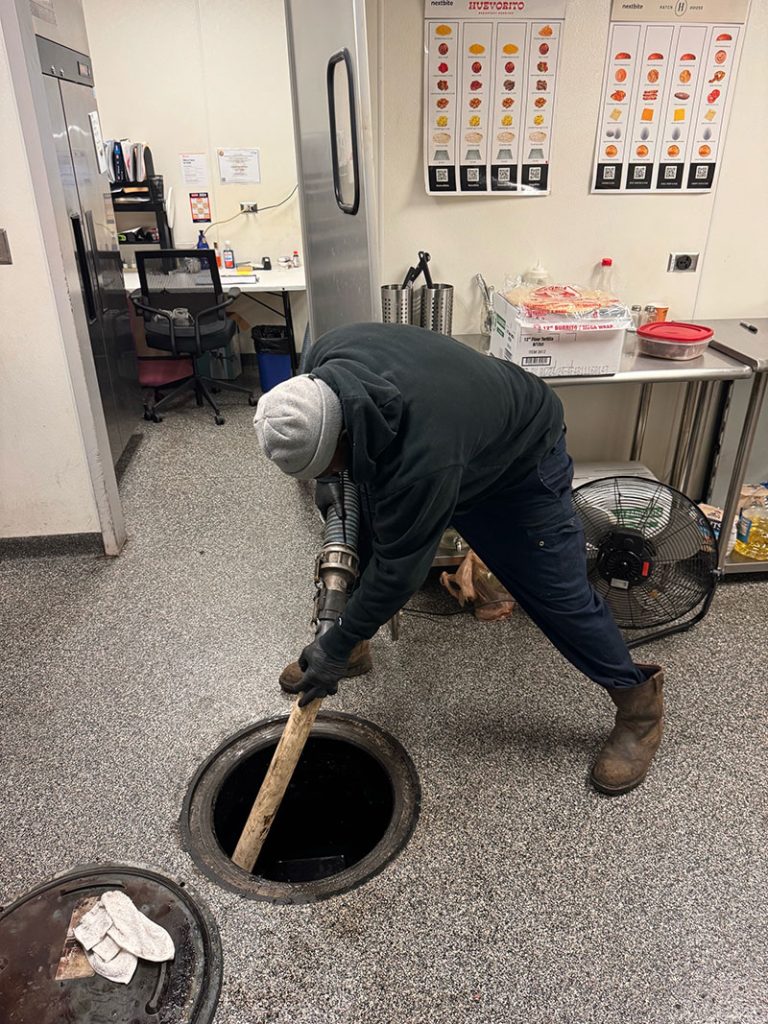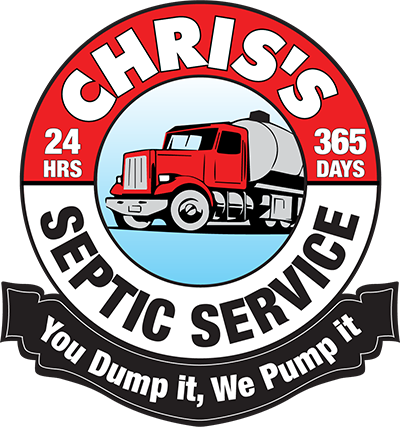Grease Trap Cleaning

Grease trap cleaning is an essential maintenance task in commercial kitchens and food service establishments. Grease traps, also known as grease interceptors or grease pits, are plumbing devices designed to intercept and capture fats, oils, and grease (FOG) from wastewater before it enters the sewer system. Proper cleaning and maintenance of grease traps are crucial to prevent clogs, sewer backups, and environmental issues.
Here’s a general overview of grease trap cleaning:
Schedule Regular Cleaning: Grease traps should be cleaned regularly to prevent FOG buildup. The frequency of cleaning depends on the size of the trap and the volume of FOG generated. Some jurisdictions have specific regulations regarding cleaning frequency.
Hire a Professional: Grease trap cleaning should be performed by licensed and experienced professionals. These professionals are equipped with the necessary tools and knowledge to safely and efficiently clean the trap.
Safety Precautions: Safety is essential when cleaning grease traps. The process may involve handling potentially hazardous materials. Proper personal protective equipment (PPE) should be worn, and safety protocols should be followed.
Pump Out Contents: The first step in cleaning a grease trap is to pump out the contents, including the accumulated FOG, food solids, and wastewater. This is typically done using a vacuum truck or pump.
Scrub and Rinse: After emptying the trap, the interior surfaces should be scrubbed and rinsed to remove any residual grease and debris. Hot water or steam may be used to help dissolve and remove hardened FOG.
Inspect and Replace Parts: During the cleaning process, it’s a good time to inspect the trap’s components, such as baffles and gaskets, for wear and tear. Any damaged parts should be replaced to ensure the trap functions properly.
Dispose of Waste Properly: The waste collected from the grease trap must be disposed of in accordance with local regulations. It may need to be transported to a licensed waste disposal facility.
Recordkeeping: Keeping accurate records of grease trap cleaning activities is often required by local authorities. This includes the date of cleaning, the volume of material removed, and the name of the cleaning company.
Compliance with Regulations: It’s important to be aware of and comply with local, state, and federal regulations governing grease trap cleaning and FOG management. Non-compliance can result in fines and legal consequences.
Headline
Regular grease trap cleaning not only prevents plumbing issues but also helps protect the environment by reducing the discharge of FOG into the sewer system, which can lead to blockages and pollution. It also promotes a healthier and more efficient kitchen environment.
